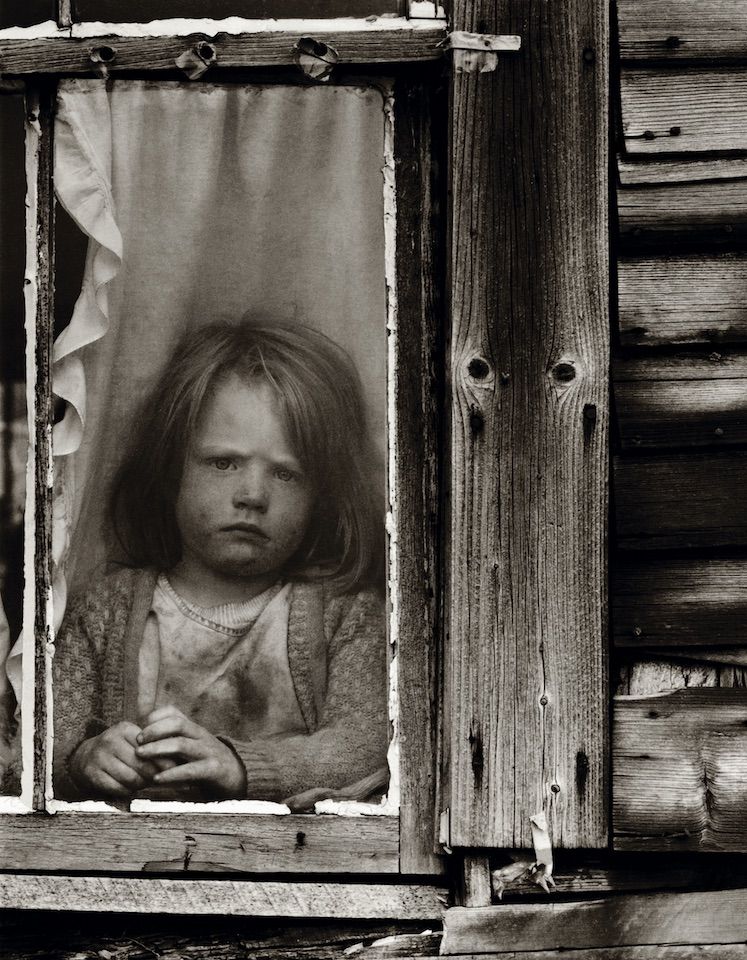raydm6
Yay! Cameras! 🙈🙉🙊┌( ಠ_ಠ)┘ [◉"]
Gorgeous photography of the fading Vermont farming lifestyle. I believe these were shot on 8x10. His web site is no longer active however.

 vtdigger.org
vtdigger.org

Northeast Kingdom lensman Richard W. Brown has published his collection of black-and-white photos in the book “The Last of the Hill Farms: Echoes of Vermont’s Past.” Photo by Richard W. Brown

Photographer aims to preserve a disappearing state - VTDigger
Northeast Kingdom lensman Richard W. Brown is set to receive the annual Franklin Fairbanks Award “for lifelong creative and dedicated service to the residents of Vermont.”
 vtdigger.org
vtdigger.org

Northeast Kingdom lensman Richard W. Brown has published his collection of black-and-white photos in the book “The Last of the Hill Farms: Echoes of Vermont’s Past.” Photo by Richard W. Brown
Last edited:







